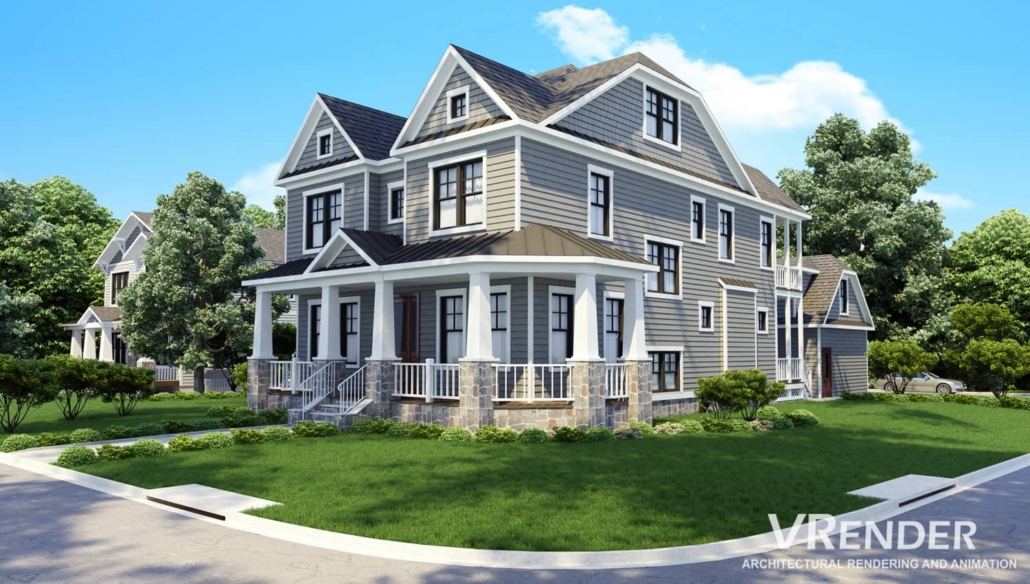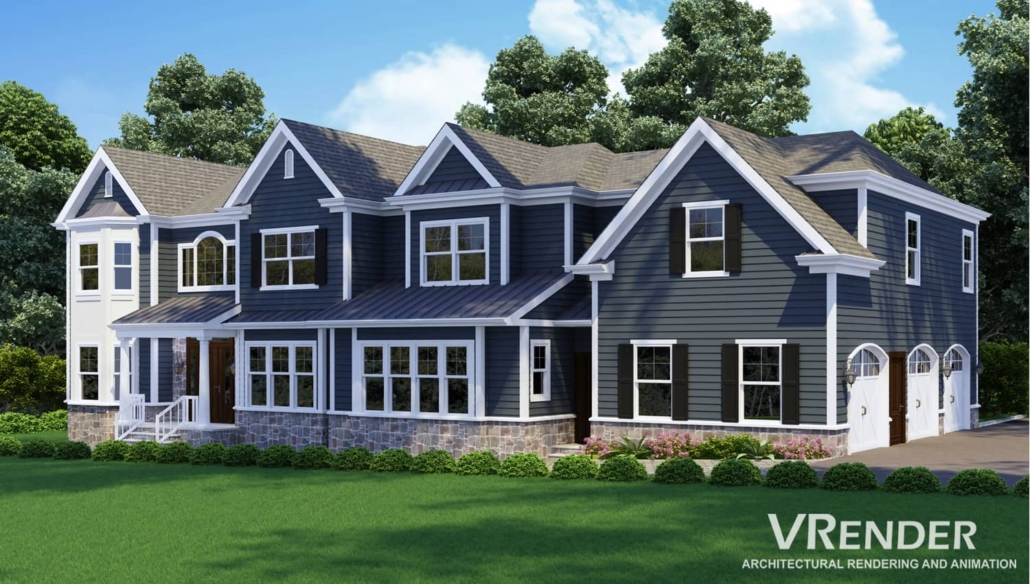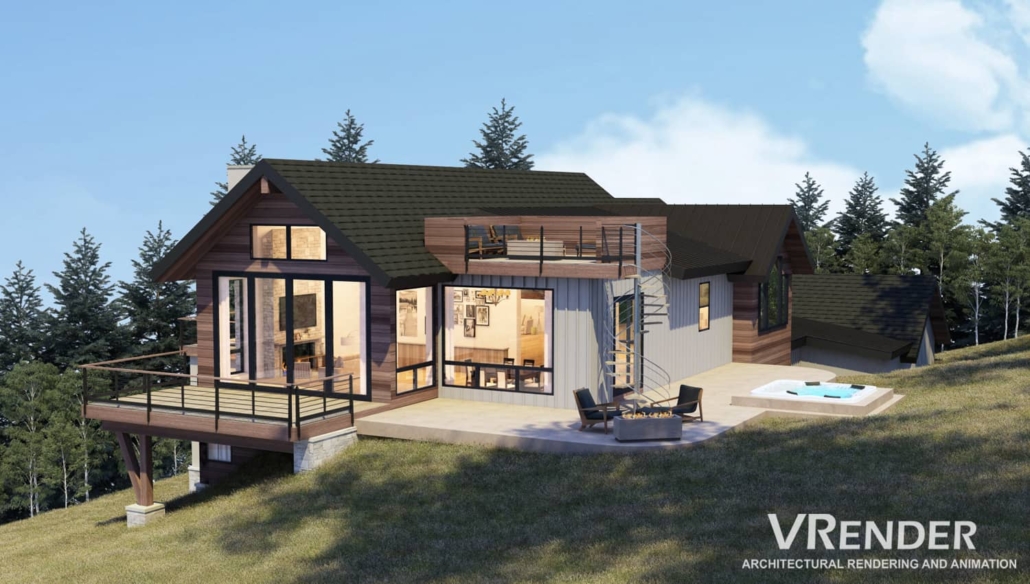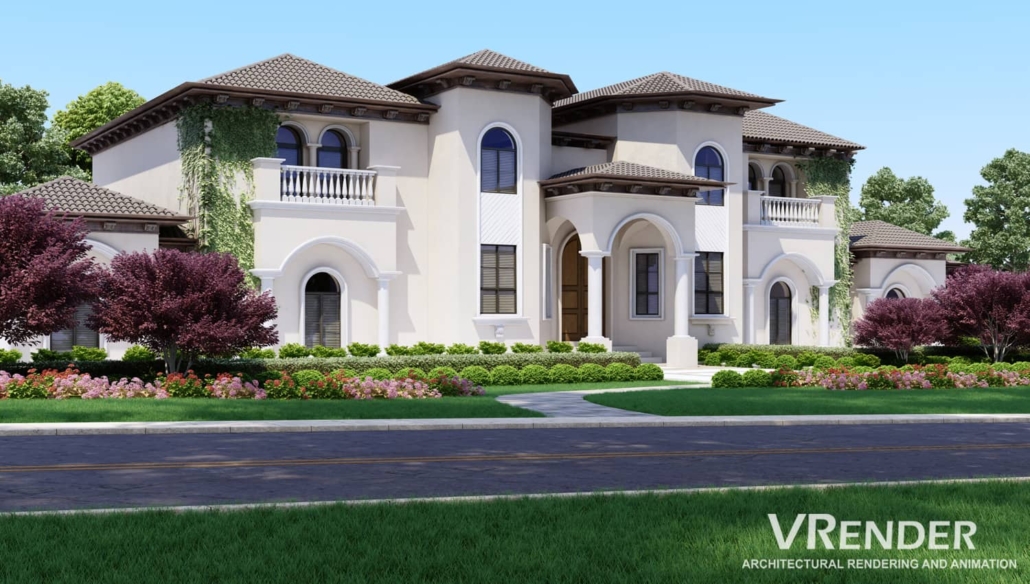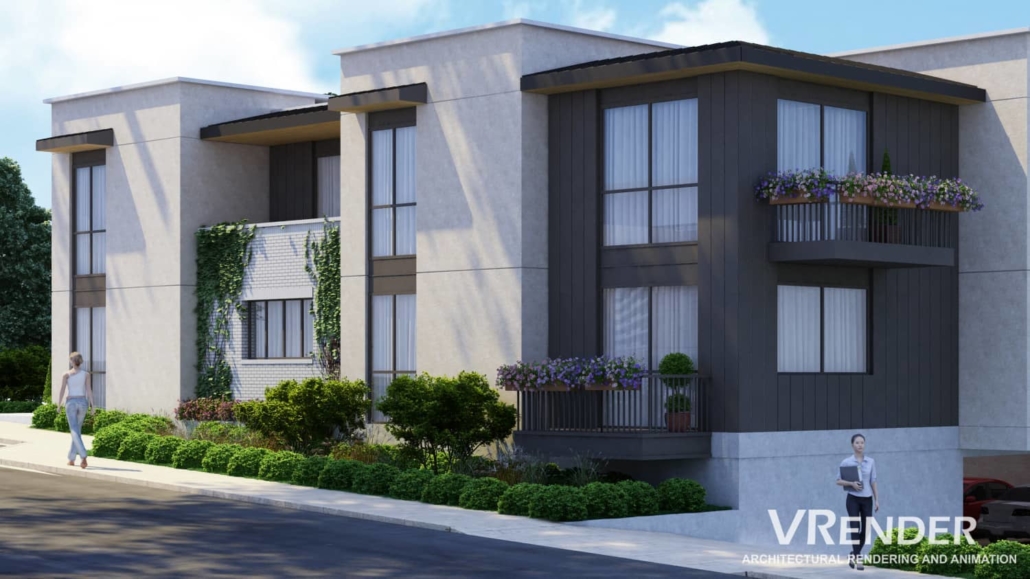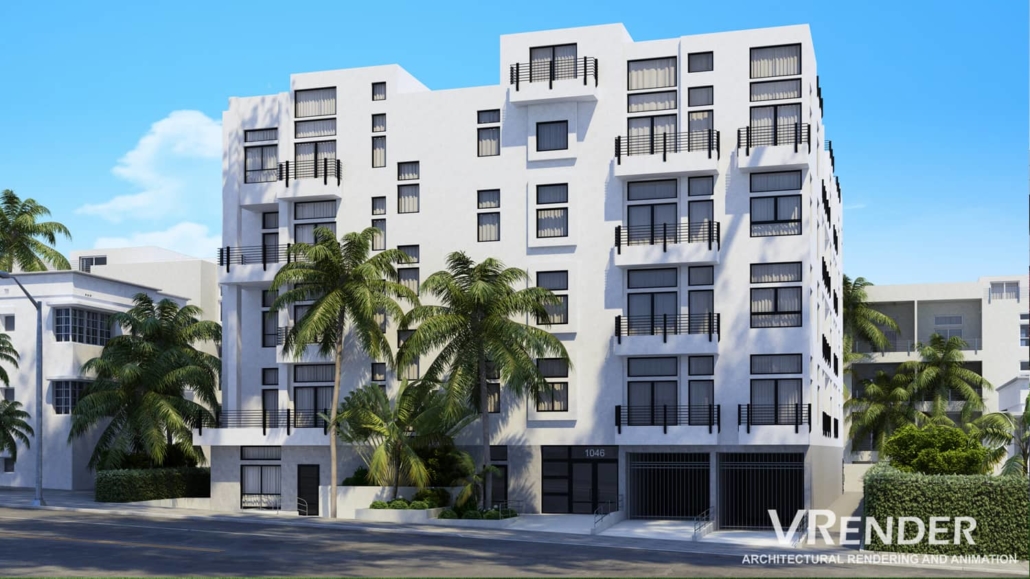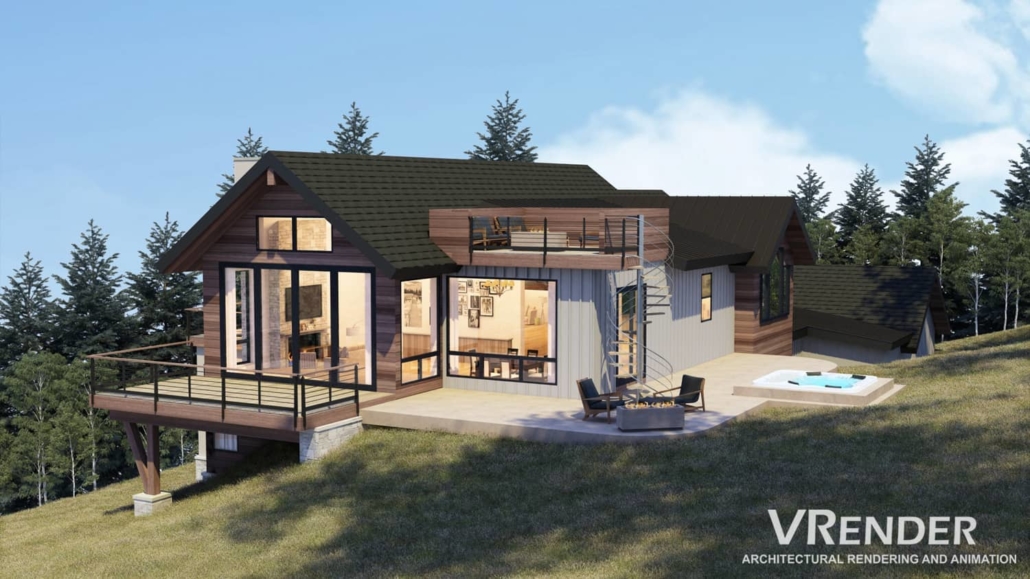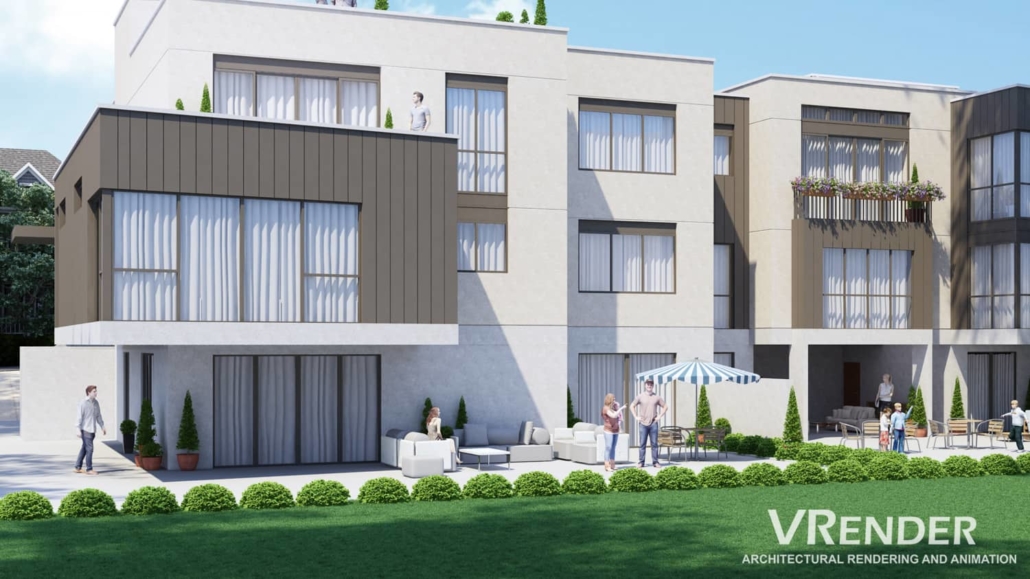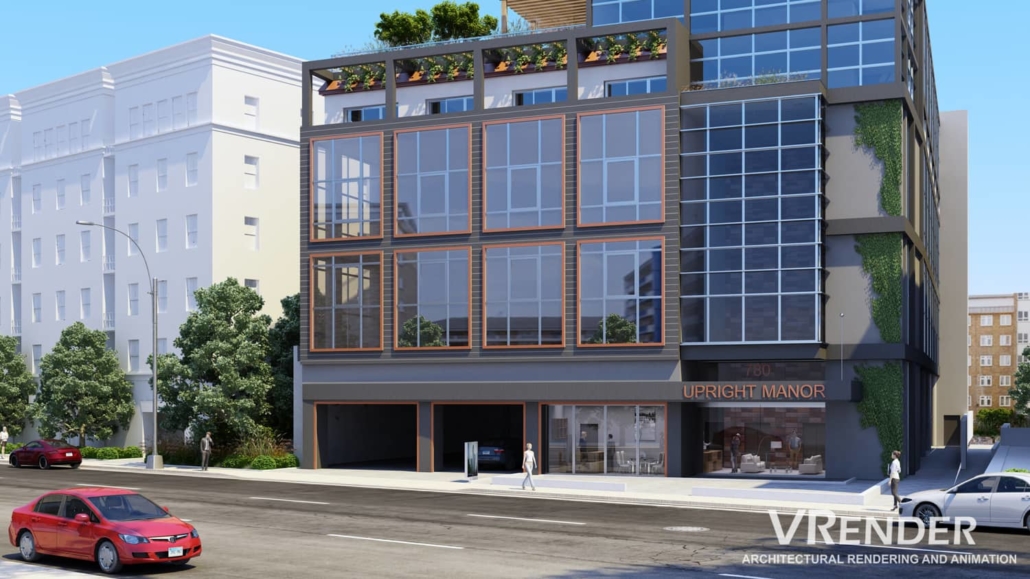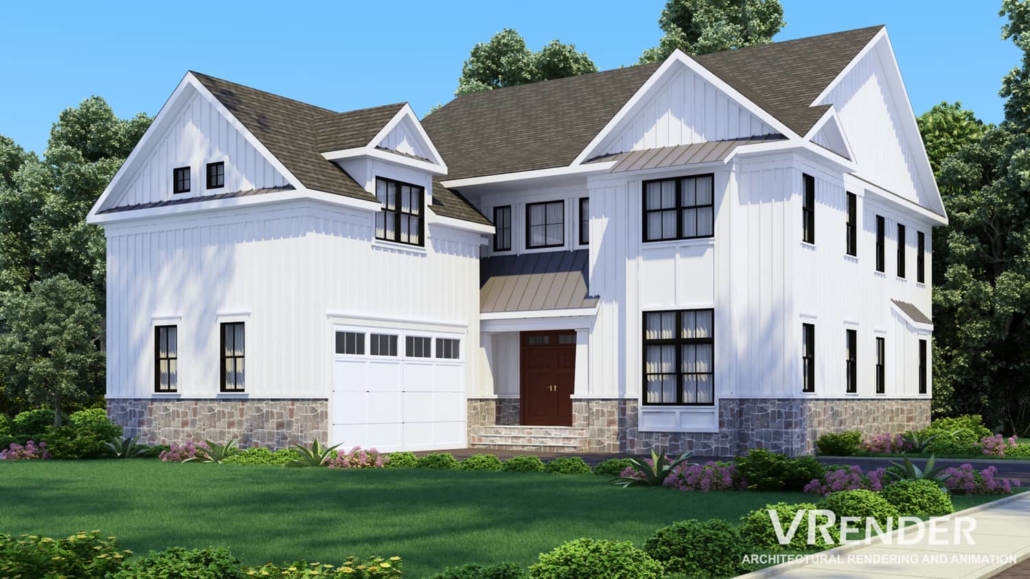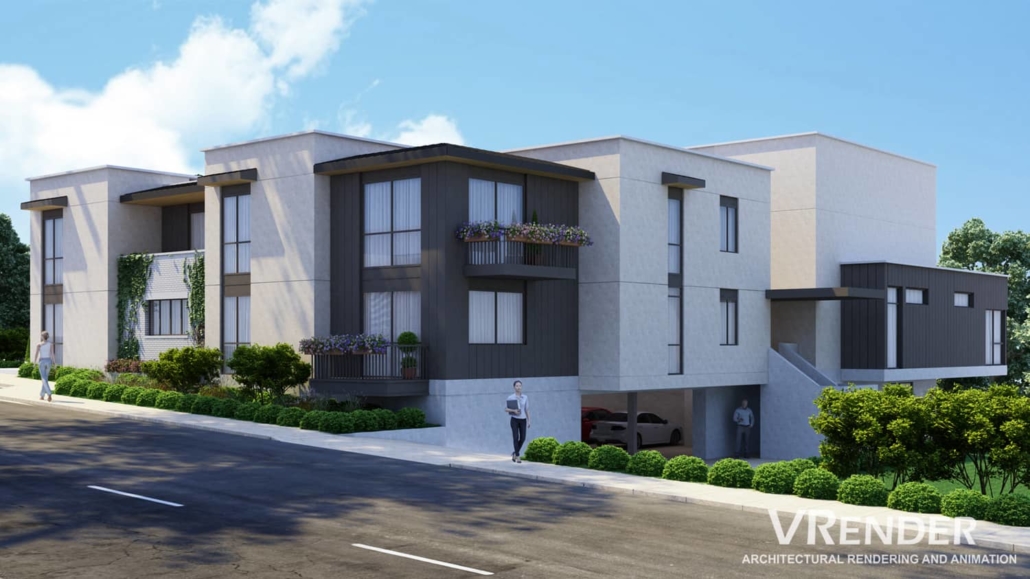3D rendering is visible all around us in today’s digital world. It has become a part of the essential industries in the world. It has indeed come a long way, and it is here to stay because it has gone through significant advancements and modifications and will continue to improve with the times
It has now become a norm to create hyper-realistic animations, visualizations, and images. Anything is possible, and it is even a bit tough to differentiate between the real world and the virtual space. It is present in almost every industry, especially architecture, construction, gaming, entertainment, marketing e.t.c
This technology allows artists or creatives to show the world a sneak peek into their minds so that everyone understands it. 3D rendering is a form of communication between the artists and the rest of the world, and to understand the process involved, let’s clear up some basic things concerning 3D rendering.
3D Rendering: The Basics
3D rendering represents objects in a 2-dimensional medium such as a computer wireframe model, manipulating the materials, shadows, texture, lighting, and color to create realistic photo images called renders. A practical result of 3D renders is in the fantastic animations we see on television. The process for 3D rendering will be explained in three simple steps.
The first step is to lay down the sketches with flat geometric shapes, which are then coupled to form polygons in modeling.
Next, the models are manipulated or tweaked using numerous software tools to create a raw version of the final design known as a natural wireframe. This process is called 3D model manipulation.
Finally, the basic wireframe is edited with filters, artificial light sources, shadow, texture, and color to project all the 3D render features.
Since we now have 3D rendering basics out of the way, let’s see the applications.
Animation and 3D Rendering: The Applications
In almost every primary industry, the applications of 3D animations and rendering are evident. This technology has a high appeal quotient, especially to the modern generation, and a driving factor for any industry’s success.
They are unique tools for special effects and processing/rendering whole environments with a high level of hyper-realism in entertainment.
In the world of architecture and construction, 3D rendering took a lot of stress off these professionals, so they no longer have to engage in the time-consuming and energy-draining process of draw blueprints by hand. It also allows them to perform more efficiently by letting their creative juices flow smoothly and give more details to their work. It doesn’t end there, as communication between client and professional is made more accessible with virtual tours, animated and illustrated views of the project to explain concepts to clients further.
3D rendering is also an essential tool in interior design as it brings to life a particular space and gives a lived-in experience.
With this understanding, we will see how a simple sketch can be turned into a realistic 3D rendering.
Step-by-Step Guide to Realistic 3D Rendering
We can safely say that 3D rendering is a form of virtual photography since it entails skill and expertise in lighting and staging scenes to capture realistic photo images.
The step by step process to create such photography is listed below:
1. Client:
Understanding the client is the first step in this process. The client must be pleased; else, the project is a failed one. So, you must fully understand the needs of the client before commencing the project. If necessary, ask every possible question and get as much information on the project as possible (reference images, sketches, plans, etc.), even those that are seemingly stupid, to ensure that you get this first step right.
Once you’ve gathered all the necessary data, the next step is to conceptualize the client’s ideas.
2. Project design and analysis
Many people may feel that this aspect is not necessary. Still, it speeds up the project’s process because it outlines every requirement, including texture and color specifications, and the significant points to focus on. After the careful analysis is done, it will be easier to move to the next stage, the design phase.
3. 3D modeling
Next, the design or 3D modeling process begins. As mentioned before, it starts with basic geometrical shapes, coupled to have polygons, and then individual elements that are then placed correctly gives a glimpse of the final work.
Textures, materials, and colors are then added, giving more detail to work, and depending on the choice of software, a detailed library is available to aid or simplify this process. This is a crucial part of the work as the degree of photorealism of the end product depends on how well the textures and colors are manipulated to create the desired effect.
4. Lighting, 3D rendering, and refining
This aspect requires a great deal of skill in understanding light and shadow and its principles because the goal is to bring the final project as close to reality as possible. It also requires deep consideration and creativity to achieve the desired ambiance. If appropriately manipulated, it will not only keep your client happy and satisfied; it will be your comparative advantage over other artists. The most important thing in 3D rendering or the end of it all is how close to reality the final product is attained.
Time is also an essential factor, but you must note that quality time must be invested to get a quality outcome.
Lastly, feedback from the client is the end game. This is where all the final corrections and last-minute alterations are made.
Conclusion
3D rendering is a technology that has come to stay and the more the advancement in technology, the more detailed and complex it will become. However, its contributions to various industries are welcome and highly appreciated with anticipation for further improvements.

